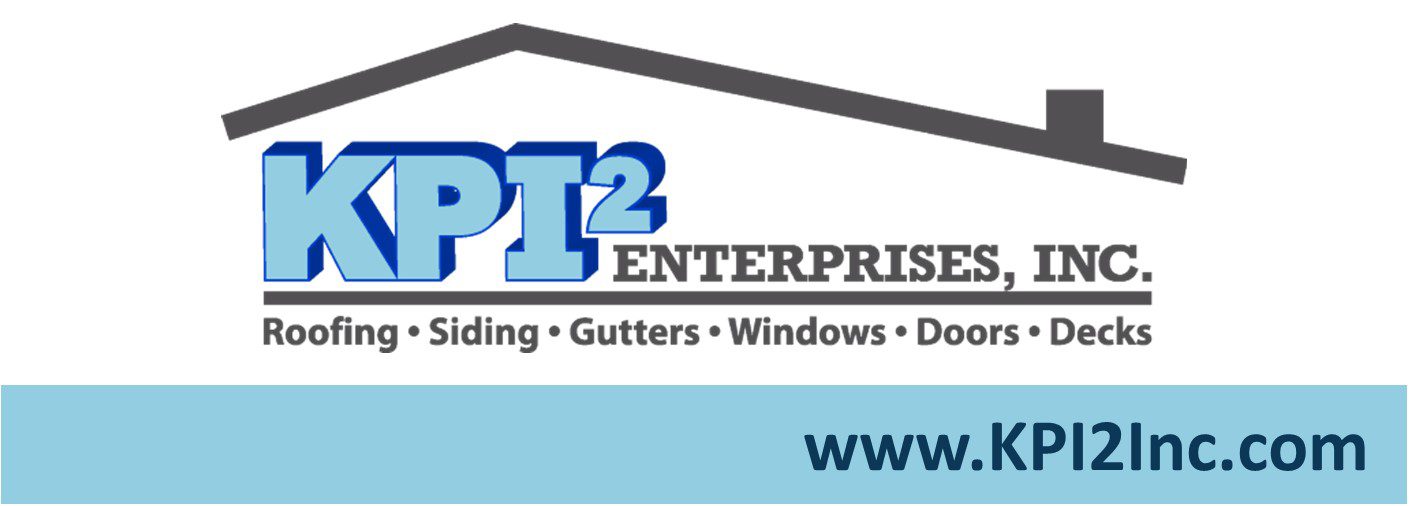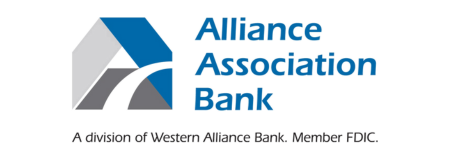Rebecca Hertzler, CMCA, AMS, PCAM | Associa
Part of being a resident within a homeowners association (HOA) involves fulfilling responsibilities to the community—maintaining your property, paying assessments, and, maybe most importantly, following the rules. While every association is unique and has its own set of guidelines, there are some regulations that are necessary to maintain structure in all communities. Read on to learn five of the most common rules, what they cover, and why they have staying power.
Why Many HOAs Adopt These Five Rules
To some homeowners, community rules may seem prohibitive, but they’re there for a good reason. HOAs set the most essential guidelines based on a combination of their governing documents and applicable local, state, provincial, and federal laws. In addition to securing your financial home investment, these five HOA rules are designed to:
- Preserve the aesthetics of an area. Rules guarantee the look and feel of a community remain desirable.
- Protect and enhance home values. Maintenance standards ensure that a neighborhood is appealing to prospective buyers and homes stay structurally and visually sound for decades.
- Enforce the community’s Covenants, Conditions, and Restrictions (CC&Rs) and bylaws. CC&Rs are legally binding documents that outline the rights and responsibilities of the association, board members, and homeowners. Community guidelines often act as an extension of these regulations, emphasizing their most important aspects, while also establishing additional provisions.
- Maintain the property of the association. Certain guidelines help maintain community property, including the structures, landscape, and amenities so that all members can enjoy the place they call home.
The Five Most Common HOA Rules
A community’s specific set of rules is determined by a variety of factors. While size, location, and other attributes differentiate communities across North America, you’ll generally find these five standard guidelines everywhere:
- Architectural controls. Rules may limit homeowners on the improvements or modifications they can make to their property. Examples include restricting exterior colors to certain shades, requiring specific roofing materials, or putting a cap on roof heights.
- Holiday and lawn decoration restrictions. Communities may require residents to put up and take down holiday decorations within a window of time or restrict garden gnomes on front lawns.
- Noise complaint policies. Policy limits may pertain to music at parties, construction, and even barking dogs.
- Exterior home maintenance. Keeping lawns, gardens, and trees in tip-top shape benefits the overall community. Residents may be required to keep their grass under a particular height or limit the number of trees in the front of the house.
- Home occupancy limits. This is often controlled for safety reasons. For example, in an active adult community, occupancy limits help to ensure that potential emergency evacuations from properties go smoothly for older residents.
Why These Rules Maintain Popularity Long-Term
When you purchase a home that’s part of a community association, you automatically become a member of the association. You sign forms, agree to abide by the governing documents, and pay assessments. You, as a homeowner, have certain duties to the community, and in return, expect the association to deliver on its promise to protect your home’s value and sustain a comfortable living environment.
One of the best ways for the community’s leadership to meet those expectations is by enacting and maintaining clearly defined rules. What gives these five common HOA rules staying power is that they’re transparent, easy to follow, and ultimately benefit everyone in the community.
Options for Changing Rules
Rules are designed to do good for the community and enhance the HOA lifestyle. However, it’s possible that some rules in your governing documents may seem ambiguous or vague. If that’s the case, call on your association’s board of directors to reexamine the rules and regulations. By speaking up and working with them, you’re demonstrating good stewardship and positioning the community for success.
To be most effective, know what rule you’d like to change and present your proposed amendment with informed confidence. Proposed rules should be reasonable, enforceable, and related to something that the association has authority overprotecting and enhancing property values. The goal is to get board members to share your vision and work strategically to enact positive change.
What Makes a Good HOA Rule?
HOAs promote the safety and well-being of the communities they serve and provide immense value for their residents. Even with all the value that HOAs provide, you may still find that your community’s rules are a struggle to understand and adhere to. These bad rules are entirely avoidable, and when you know the right questions to ask, you can prevent them from surfacing in your community.
ABOUT THE AUTHOR
Rebecca “Becky” Hertzler, CMCA, AMS, PCAM is the former Director of Operations with Associa Mid-Atlantic, AAMC, a leading provider of community management services. She’s currently with Associa Carolinas. This article was shared by Tom Womack, Director of Public Relations with Associa. To learn more, visit www.associamidatlantic.com.

















